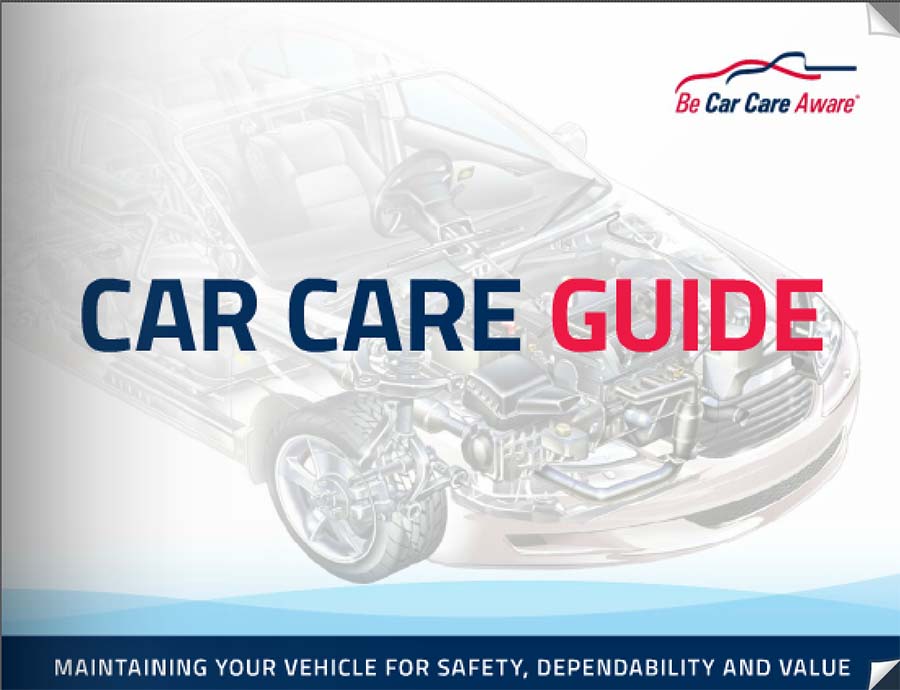Winter care for cars and trucks
Proper maintenance now can prevent accidents later
By FamilyFeatures.comConducting routine maintenance on your vehicle is necessary to maintain optimal performance and prevent costly repairs. More importantly, cold weather has the potential for treacherous road conditions, so proactively giving certain areas of your car special attention can also protect your safety.
Brakes
- A faulty brake system may impede your ability to safely slow your vehicle in inclement driving conditions or to avoid an accident. Brakes sustain normal wear and eventually need to be replaced.
- Have your complete brake system thoroughly inspected annually and replace equipment as needed.
- If your car is pulling to the left or right, or if you hear odd noises when you apply the brakes, get your brakes inspected. Other warning signs include an illuminated brake warning light, brake grabbing, low pedal feel, vibration, hard pedal feel and squealing.
- Don’t overlook the parking brake, which may require adjustment or replacement parts.
Wheels and tires
- When roads become wet or icy, your wheels and tires can help ensure you have the traction you need to maintain control. Maintaining tire balance and wheel alignment reduces wear and improves handling and fuel economy.
- Tire replacement is necessary if the tread depth is below the minimum legal requirement, or if the sidewalls are severely cracked or punctured.
- Use the “penny test” to check your tread; if you see Lincoln’s head above the tread, you are ready for new tires. Uneven wear indicates a need for wheel alignment. Tires should also be checked for bulges and bald spots.
- Have your car’s alignment checked at least annually or at the first sign of improper handling or uneven wear.
- Check inflation pressure at least once a month (including the spare) and once per week in the winter.
- Rotate and balance tires every 6,000 miles to avoid accelerated wear on shock absorbers and struts.
Battery
- If the battery is three years old or more, it should be tested and replaced if necessary
Headlights
- Chances for accidents dramatically increase if you can’t see or be seen.
- If there is any doubt about whether or not your headlights should be on, turn them on.
- Keep headlights, tail lights and signal lights clean.
- Make sure your headlights are properly aimed. If they aren’t, headlights blind other drivers and reduce your ability to see the road.
Windshield wipers
- Many factors can accelerate the replacement of wipers, including weather, frequency of use, material and type of wipers.
- In general, replace blades every six months or when cracked, cut, torn, streaking or chattering.
- Some vehicles have two washer fluid reservoirs. Check levels monthly and use washer fluid only; do not use water.
-
Share this story:




